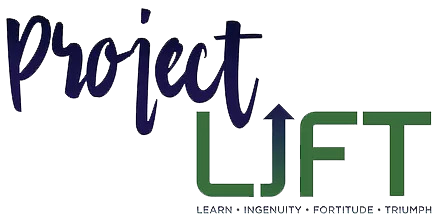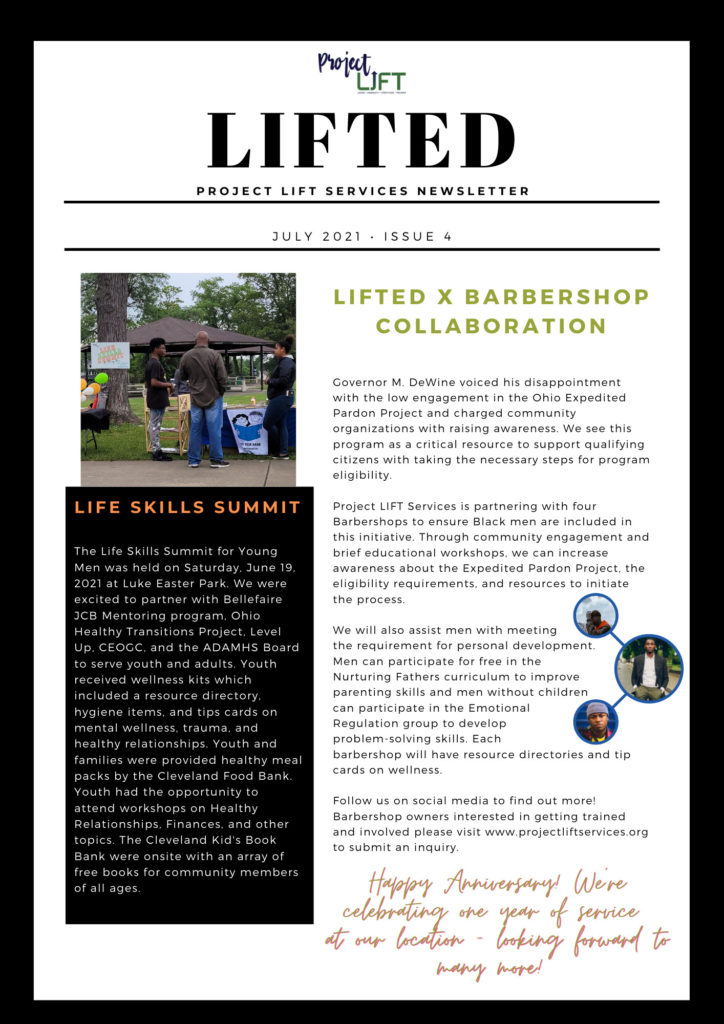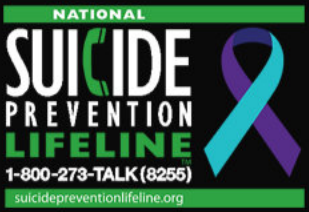Home » Restorative Justice » Understanding Restorative Justice
The History of Restorative Justice
Originating from the practices of indigenous communities like the Maori and Native Americans, restorative justice emphasizes reconciliation and community healing. As we grapple with the limitations of our current punitive systems, there’s a renewed inclination towards these foundational principles, adeptly marrying ancient wisdom with today’s judicial challenges.
The Heart of Restorative Justice
Restorative justice transcends traditional punitive measures, aiming for a deeper, more profound impact. It fosters an environment where harm is not just acknowledged but deeply understood. Through facilitated discussions, all parties involved get a chance to voice their feelings, experiences, and hopes.
This transformative approach is about proactive healing. Beyond dialogue, tangible reparative actions play a vital role. Whether it’s community service, restitution, or heartfelt apologies, these measures echo the philosophy’s commitment to holistic healing and communal restoration.

Why We Need to Reimagine Justice

The Pitfalls of Punitive Justice
In many contemporary societies, the justice system leans heavily towards punitive measures, despite the fact that justice centered on healing can lead to healthier outcomes for everyone involved. For example, 27% of youth who enter the traditional justice system re-offend within two years, while only 18% re-offend within the same time period when using a restorative justice approach. This clearly demonstrates how the criminal system often falls short of addressing the underlying issues (Umbreit, 1998). Short-term punitive measures, while sometimes effective in deterring immediate repeat offenses, might not address the deeper reasons behind these behaviors, leading to prolonged adverse effects on individuals and the wider community. This recurrent pattern can perpetuate cycles of offenses, exacerbating societal divides.
The Rise of Restorative Practices
Restorative justice emerges as a solution to these prevalent challenges. Grounded in the conviction that justice should encompass more than just punitive measures, it promotes understanding, empathy, and the rebuilding of trust. By addressing the root causes that traditional systems might overlook, restorative justice proposes a more sustainable, community-focused approach.
The comprehensive approach of restorative justice is what sets it apart. It not only ensures that victims receive validation and recognition but also contributes to community safety. Offenders, particularly youth, are presented with a path that transcends mere punitive actions, guiding them towards genuine societal reintegration. The methodology prioritizes all-encompassing healing, targeting both the manifest and latent challenges of societal discord.

Compare Principles of Traditional and REstorative Justice
Restorative Justice
- Centered around the victim's needs
- Accountability focused
- Crime is a violation of people and relationships
- Violations create obligations
- Justice involves victims, offenders, and community members in an effort to make things as right as possible
Criminal Justice
- Offenders “getting what they deserve”
- Punishment focused
- Crime is a violation of the law and the state
- Violations create guilt
- Justice requires the state to determine blame (guilt) and impose pain (punishment)
After examining the contrasting philosophies of traditional and restorative justice, it’s evident that our approach to justice plays a pivotal role in outcomes for individuals and communities. The question we must all confront is: Are we content with the status quo, or can we do better?
Challenge yourself to envision a system more aligned with healing, understanding, and genuine progress.
A Chance For Hope
So why does restorative justice resonate so deeply? It’s simple: humans inherently yearn for hope and the chance to forgive and be forgiven. In contrast to punitive justice, which can stifle these desires, restorative justice promotes healing and growth. It provides a framework that fosters empathy, understanding, and collaboration, which are essential for true recovery and community building. Dive into a side-by-side comparison to see how restorative justice leads to better outcomes for affected individuals.
Traditional Criminal Justice
Restorative Justice
Victim Satisfaction
57%
79%
Victim Fear of Re-victimization
23%
10%
Offender Satisfaction
78%
87%
The benefits of restorative justice are undeniable. It’s a compassionate alternative that not only supports victims but also encourages offenders to take responsibility and grow from their mistakes. This approach ultimately fosters a more understanding, empathetic, and harmonious community for everyone involved.
Restorative justice isn’t merely a theoretical concept; its positive outcomes are tangible and transformative, providing hope and healing in places where traditional justice falls short.
Shared Healing: The Comprehensive Impact of Restorative Justice
Victims
Restorative justice provides victims a voice in the justice process. It allows them to express their feelings, ask questions, and actively participate in deciding how the harm can be repaired. This approach often brings a deeper sense of closure and understanding, ensuring that victims are at the heart of the justice process, rather than on its periphery.
Offenders
For those who’ve caused harm, restorative justice offers a chance to understand the real impact of their actions and take genuine steps toward making amends. It’s an opportunity for personal growth and understanding. For parents, this process can provide insight into their child’s actions and how they might support their child’s path to accountability and change.
Community
Crime affects more than just the direct victim and offender—it ripples throughout the community. Restorative justice encourages community involvement in addressing harm and rebuilding trust. By participating in or supporting restorative justice, the community, can actively work towards a safer, more understanding, and cohesive environment for all.
Resources /Learn More
Organizations
Project Lift champions restorative justice through its programs, trainings, and advocacy. And, fortunately, we are not alone! There’s a growing community of exceptional organizations also championing the cause, helping expand the reach of restorative justice. To get involved with restorative justice, check out these organizations.
Building Freedom Ohio
Focused on developing the leadership capacity of people impacted by criminalization.
Greater Cleveland Congregations
Fostering non-partisan collaboration across communities to catalyze sustainable social change.
Ohio Families Unite for Political Action and Change
Uplifting the voices of impacted families to transform Ohio’s civil justice landscape in one generation.
PDFs/other resources
Restorative justice is not just a philosophy; it’s backed by rigorous research and evidence. The science behind restorative justice delves into its effectiveness, benefits, and the profound impact it can have on individuals and communities. For those keen on understanding its empirical foundation, the following PDFs offer insights. Dive into these resources to deepen your knowledge about restorative justice.
What Can YOU Do?
1
Learn More
Delve further into the foundational principles and comprehensive practices of restorative justice
2
Explore
Explore the benefits and real-world applications of restorative justice in the justice system
3
Connect
Discover local restorative justice programs or community-based organizations
Check Out Our Resources Above
4
Advocate
Advocate for restorative justice practices within the legal community and public discourse

Embrace a New Vision of Justice
We want to hear from you!
Please contact Project LIFT for more information about restorative justice and its relevance to your life or your loved ones’. Additionally, we value your feedback on the prosecution process and the Juvenile Justice Center in Cleveland. We want to understand the issues our community is experiencing, and your input is integral to this process.
Please use the form below to get in touch.




